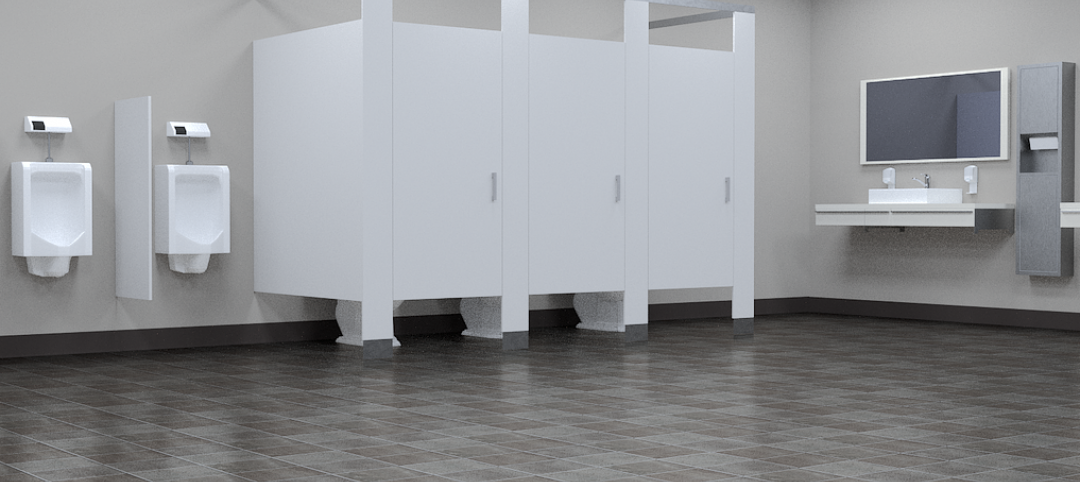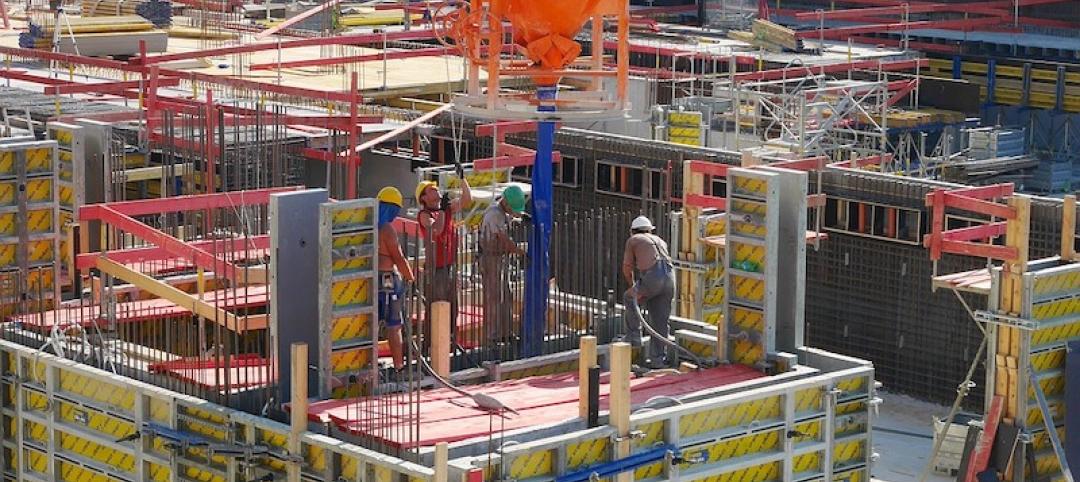The Fenestration and Glazing Industry Alliance (FGIA) has updated two documents addressing fenestration anchorage.
This is the first update to both documents: AAMA 2501-20, “Voluntary Guide for Engineering Analysis of Anchorage Systems for Fenestration Products” and AAMA TIR-A14-20, “Fenestration Anchorage Guidelines.” The former was originally written in 2006; the latter was created in 2010.
“These documents are companions, and both provide guidance on what needs to be considered to determine appropriate anchorage of fenestration products,” said Sarah Erickson (Wausau Window and Wall Systems), chair of the FGIA Fenestration Anchorage Systems Task Group in a news release. “AAMA 2501 establishes the information that a design professional will require to be able to analyze an anchorage detail. AAMA TIR-A14 outlines several types of analysis that a design professional will perform on the most common anchorage details for fenestration products.”
AAMA 2501 establishes the minimum requirements for a fenestration anchorage system for load resistance with an appropriate safety factor that is equal to or greater than the project-specific design pressure requirements. AAMA TIR-A14 offers engineering rules and guidelines in the designs of fasteners used in the connection of fenestration to the surrounding building conditions.
Both documents were revised to align more closely with one another, including updates to reference material and the addition of details pertaining to significance of use. Small, but crucial, equation revisions were also included in the 2020 version of AAMA TIR-A14, the release says.
Related Stories
Codes and Standards | Jun 27, 2019
Public restrooms being used for changing clothes, phone conversations, and 'getting away'
About 60% of Americans use a public restroom one to five times a week, according to the latest annual hand washing survey conducted by Bradley Corporation.
Codes and Standards | Jun 21, 2019
Green Globes 2019 accepted as a revised American National Standard
Advances include language on resilience, life cycle cost analysis, moisture control analysis, health, and effectiveness.
Codes and Standards | Jun 14, 2019
Reports from Intl. Code Council focus on expanding use of shipping containers as building materials
Three companies show compliance for using containers for housing.
Codes and Standards | Jun 13, 2019
Report explores potential for rope-less and multidirectional elevators in tall buildings
Technology can enable cities to be more interconnected, efficient, and accessible.
Codes and Standards | Jun 12, 2019
USGBC-LA launches Net Zero Accelerator
Goal is to enable building tech market adoption for a net positive future.
Codes and Standards | Jun 11, 2019
BREEAM USA In-Use standard to be released this fall
Will expand to include residential and multifamily for assessment and certification.
Codes and Standards | Jun 10, 2019
Intl. Code Council releases Natural Disaster Preparedness Guide
Provides tips for staying safe during and after a hurricane or severe weather.
Codes and Standards | Jun 7, 2019
Market conditions indicate slower growth in industrial real estate sector
E-commerce, market oversupply, rising interest rates to dampen hot market.
Codes and Standards | Jun 3, 2019
Haskell invests in BLOX, creator of modular-based delivery method
‘Represents important part of Haskell’s future strategy,’ says CEO.
Codes and Standards | Jun 3, 2019
Florida may eliminate certificate of need requirement for new hospitals
Bill could boost specialized facilities.

















